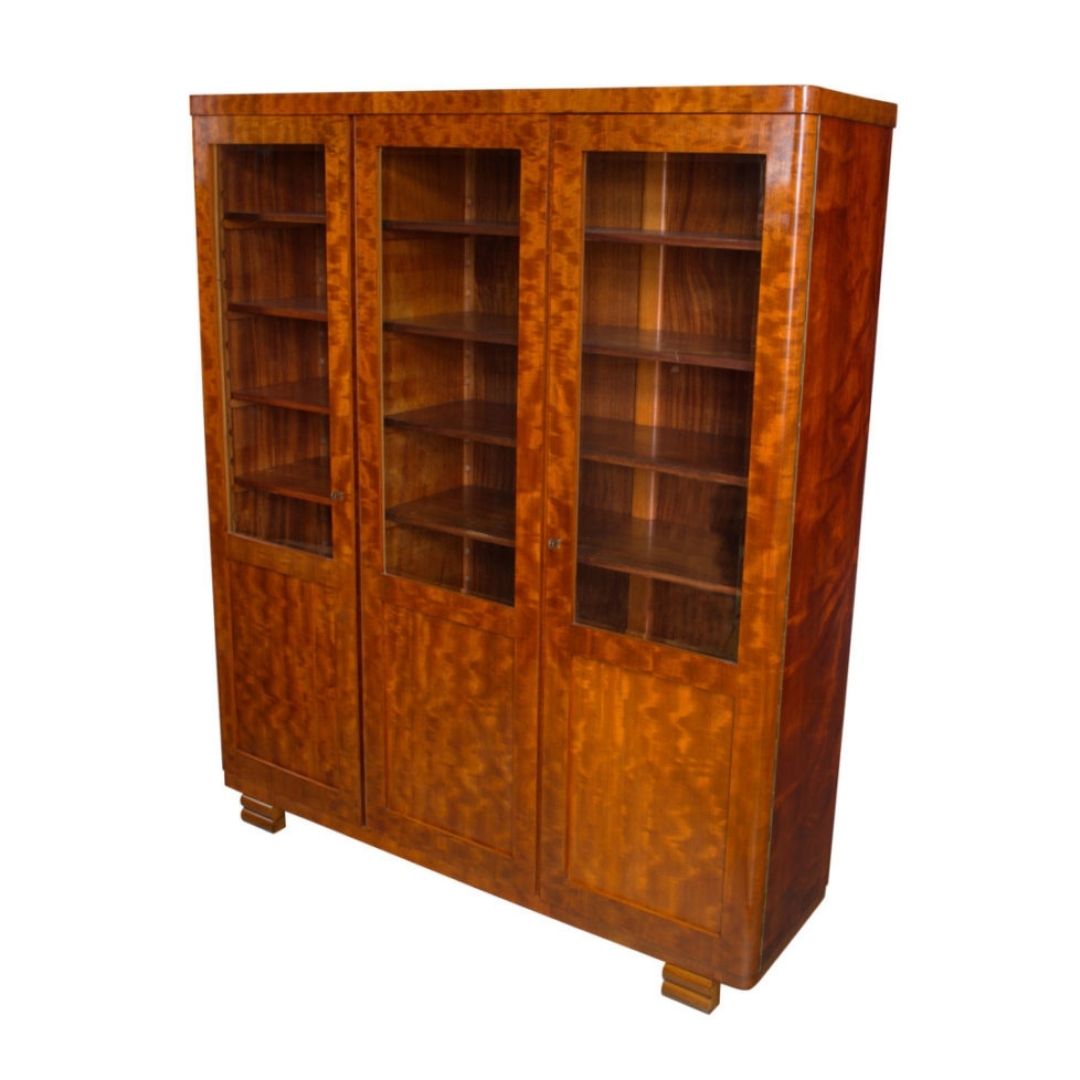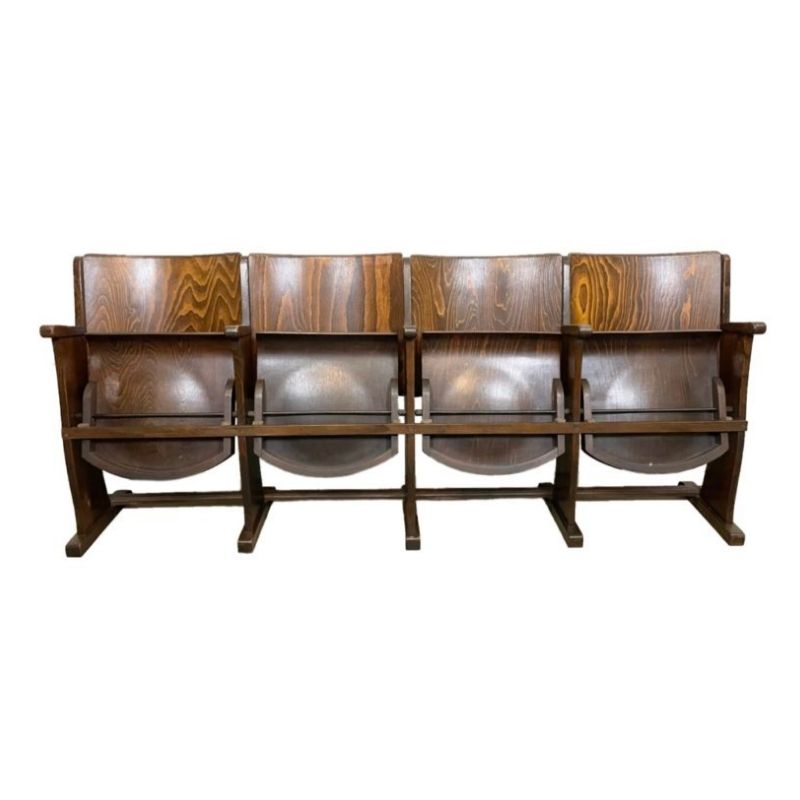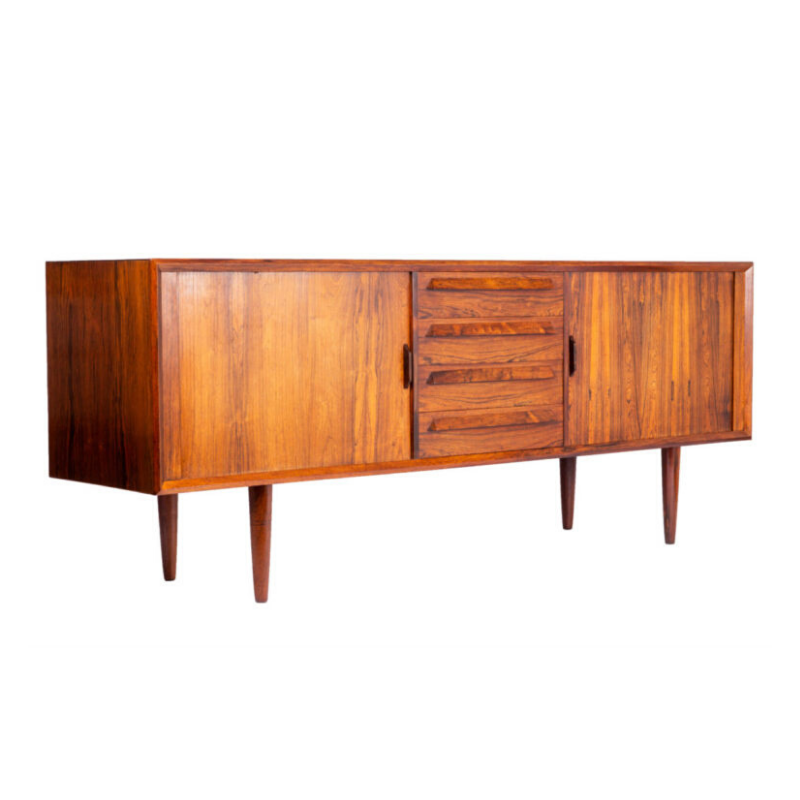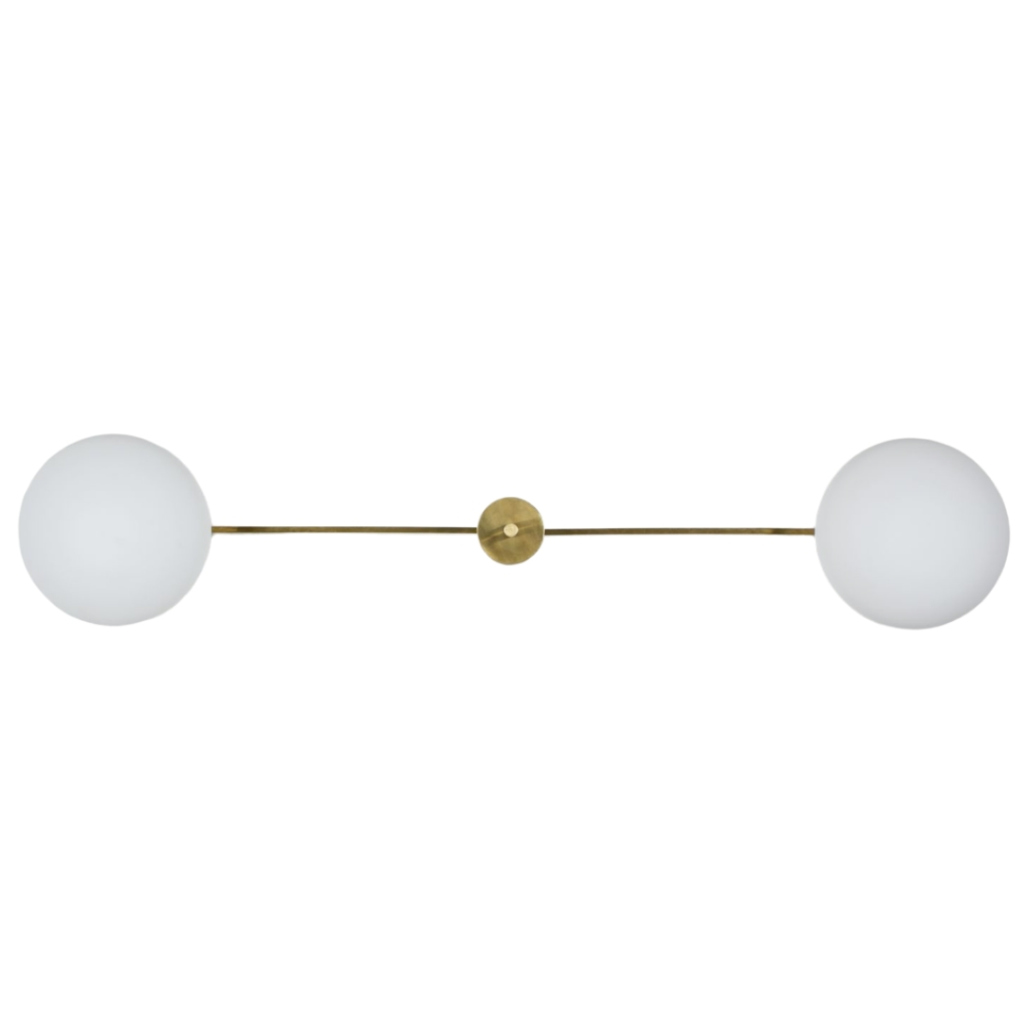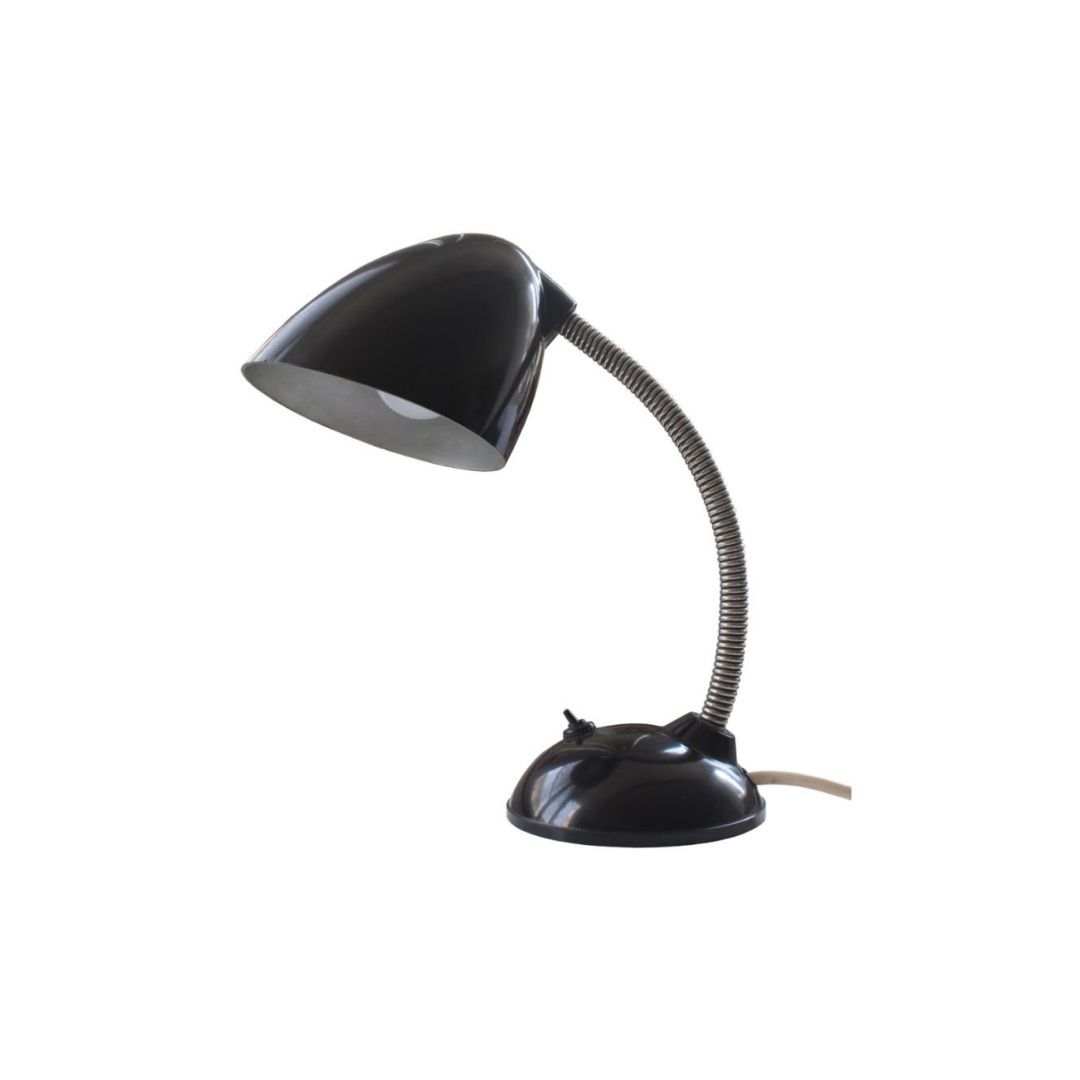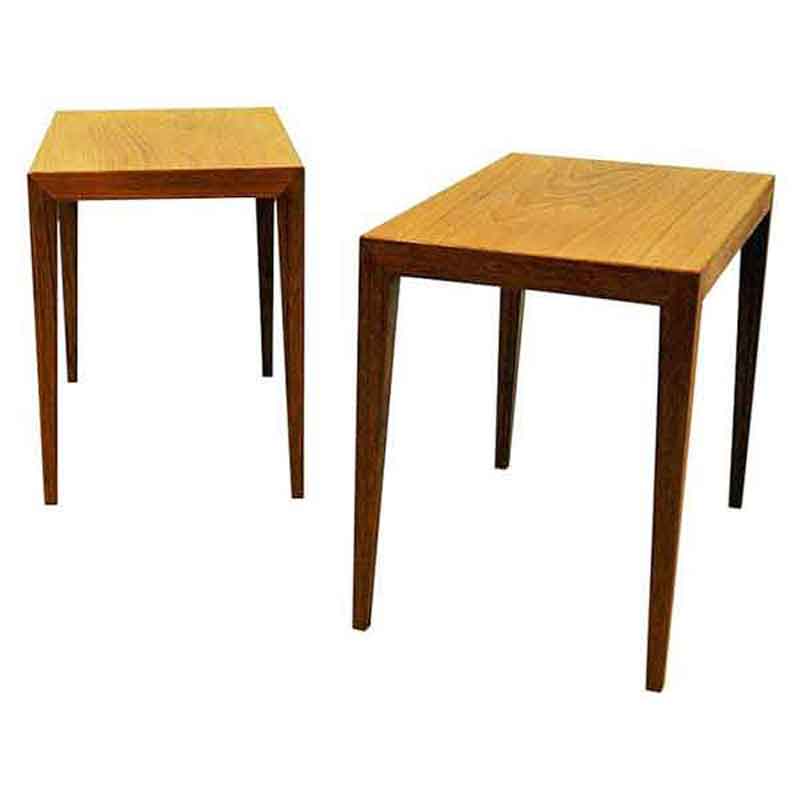I have a Niels Eilersen chair that has some stains to the wood, possibly from being previously stored in a damp place. I have given it a light sanding but the marks are ingrained.
I was thinking of trying to find a way to bleach the wood - does anyone have any techniques that they can recommend?

.
Bleaching is a very drastic step and imho a last resort. Oxalic acid could be tried first for smaller stains, but peroxide bleaching can't really be done selectively and does damage wood fibres - I only ever bleach if intending to stain the piece significantly darker afterwards.
First of all have you tried just washing the chair with warm water and sugar soap? Easy and very effective with teak - wash, rinse, light sand and oil to finish.
If the stains appear to be mildew,
you could try a weak solution of laundry bleach and water. TSP or oxalic acid treatment would be the next steps. Two-part peroxide wood bleach is very strong and will remove some of the natural color of the wood and can weaken the bond between fibers at the surface of some species. It should only be used as a last resort or in cases where special effects are desired, such as trying to replicate "blond" mahogany.
I agree with Paulanna that staining or dyeing might be a good way to disguise the stains if all else fails.
Hi tktoo
I also tried diluted bleach, but as you can see there is still diclouration.
I was tempted to stain it darker, or maybe even ebonise it. But after consideration I thought it would be nice lighter. I'm not too bothered about losing some of the natural colour, but am weary of damaging the fibres.
I'd try a couple of applications
of oxalic acid first. If you can find it in dry form, mix about a quarter cup in a quart of very warm water, flood the surfaces, and let it dry overnight. Take care not to breath the dust when mixing and observe the typical safety procedures. Remove the dried crystalline residue with a few washes of clean water and reapply a fresh mix if the stains are not completely removed.
This procedure should remove most stains caused by exposure to high humidity and the resultant mold, but also raises the grain somewhat. A final going over with 220 or higher sandpaper once all is good and dry should take care of that.
I had a similar problem on the unstained ash gunwales of a beautiful canoe I bought second-hand. The wood had been treated with oil and then been stored outdoors under a porch. Mildew had infested the finish and begun to feed on the surfaces of the wood itself. The grey/black mold down in the open pores of the grain proved too stubborn to remove with oxalic acid treatment, so I went ahead and stained it all a darker brown, unsure if I'd like the results. Now, after 4 or 5 years and bi-annual applications of oil, I like to think I prefer the look!
Bon chance, Daniel!
Hi Dan,
I was wondering...
Hi Dan,
I was wondering how you got on in the end with your chair, what did you find to work best in the end?
The reason I ask is that I have just bought a solid beech chair that has mould on it and doesn't appear to have any finish on it. I started with the sugar soap mix (how strong did you mix yours?) but I swiftly stopped as it felt so wrong to be using water on it even though it took some of the mould off.
Here are some pics of the mould.
If you need any help, please contact us at – info@designaddict.com



